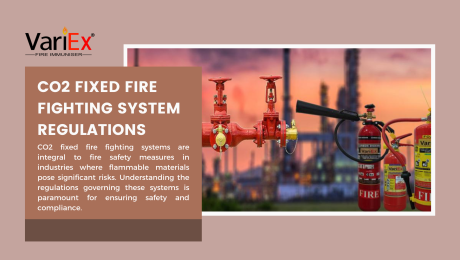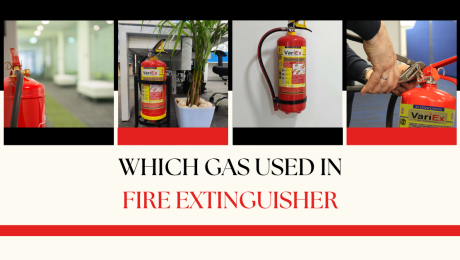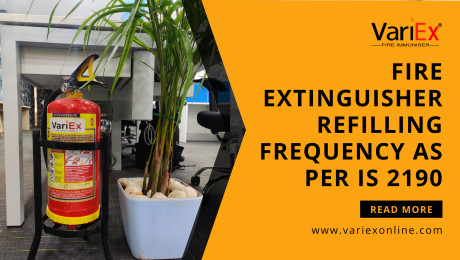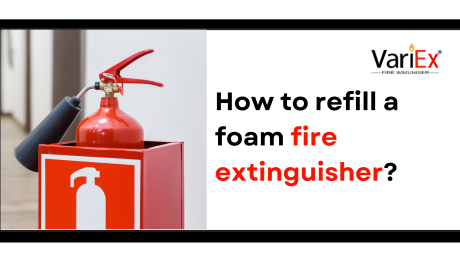CO2 fire extinguishers refilling is a critical aspect of maintaining effective fire safety measures. Over time, these extinguishers may lose pressure or discharge, rendering them unreliable during emergencies. Refilling involves replacing the discharged or depleted carbon dioxide, ensuring the extinguisher is ready for use. Trained professionals follow strict guidelines to evacuate any remaining CO2, inspect the cylinder for damage, and then refill it to the recommended pressure levels. Regular refilling intervals are crucial to guarantee the extinguisher’s operational readiness, especially in settings where electrical or sensitive equipment is prevalent. This proactive approach to maintenance ensures that CO2 fire extinguishers remain a reliable and immediate response to potential fires, offering peace of mind and heightened safety in environments where their use is critical. Regular servicing and refilling are indispensable components of a comprehensive fire safety strategy.
CO2 Fixed Fire Fighting System Regulations
- Published in Fire Extinguisher
Why Is Carbon Dioxide Used In Fire Extinguishers
- Published in Fire Fighting System, Fire Suppression
Which Gas Used In Fire Extinguisher
Carbon Dioxide Fire Extinguisher Use
- Published in Fire Fighting System, Fire Suppression
Fire Extinguisher Refilling Frequency As Per Is 2190
According to the guidelines set by the Bureau of Indian Standards (BIS), specifically IS 2190, the recommended frequency for refilling fire extinguishers is once every year. This standard is crucial to ensure the optimal functioning and reliability of these life-saving devices. Regular refilling prevents the possibility of corrosion or leakage, which can compromise their effectiveness during emergencies. It also allows for a thorough inspection of the extinguisher’s components, including the gauge, hose, and nozzle, to identify any damages or wear and tear. Additionally, it is essential to refill fire extinguishers after any discharge, even if it was only a partial discharge, to guarantee their uninterrupted performance. Adhering to the prescribed refilling frequency ensures the readiness of fire extinguishers and enhances fire safety measures in various settings, be it residential or commercial.
Different Between ABC and CO2 Fire Extinguisher Refilling
When it comes to fire safety, it is crucial to understand the difference between ABC and CO2 fire extinguisher refilling. ABC fire extinguishers are designed to tackle various types of fire, including those involving wood, paper, textiles, flammable liquids, and electrical equipment. The refilling process for ABC fire extinguishers usually involves removing the old extinguishing agent and replacing it with a new one. On the other hand, CO2 fire extinguishers are primarily used for electrical and flammable liquid fires. When refilling a CO2 fire extinguisher, the old agent is not replaced; instead, the cylinder is simply recharged with carbon dioxide gas. It is important to consult a professional fire safety expert to ensure that the appropriate refilling techniques are used to maintain the efficiency and effectiveness of fire extinguishers.
How to refill a foam fire extinguisher?
The essential guide on “How to refill a foam fire extinguisher?” Fire safety is paramount, and understanding the proper maintenance of firefighting equipment is crucial. In this comprehensive overview, we will delve into the step-by-step process of refilling a foam fire extinguisher, ensuring its optimal functionality in times of need. Whether you’re a homeowner, business owner, or safety enthusiast, mastering this skill contributes to a safer environment for all. Join us as we demystify the procedure, empowering you with the knowledge to safeguard lives and property effectively.
- Published in Fire Extinguisher, Fire Fighting System, Fire Safety Equipment








